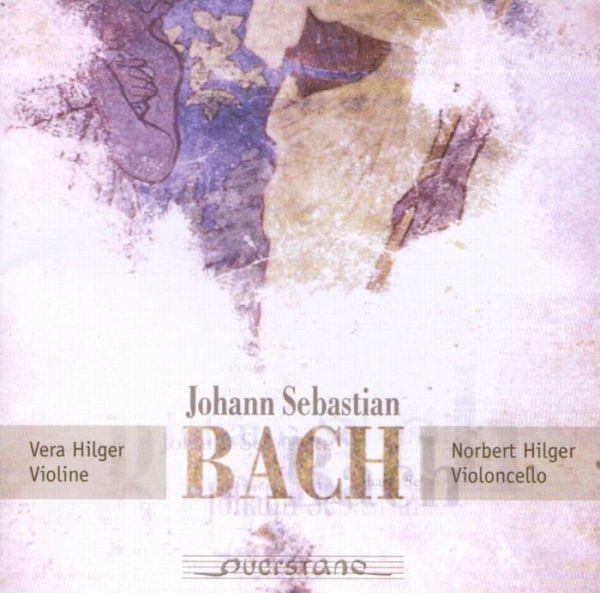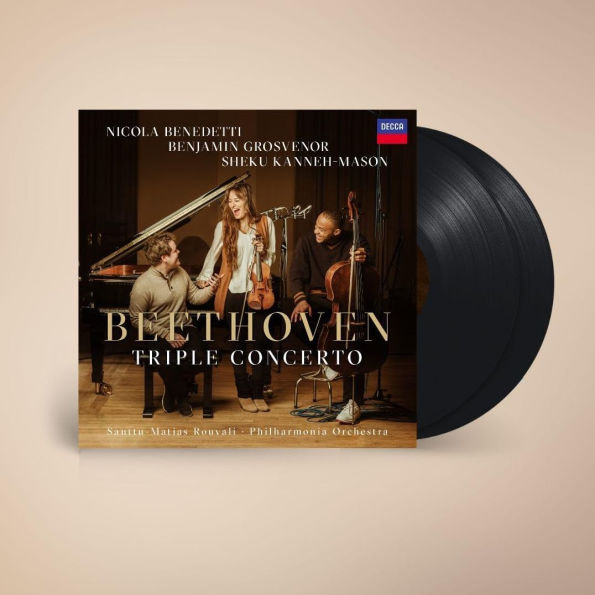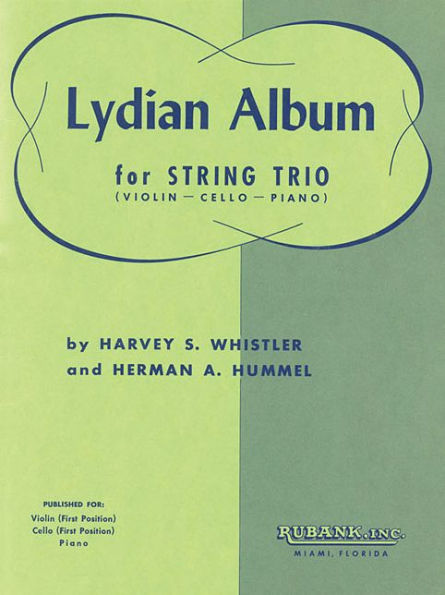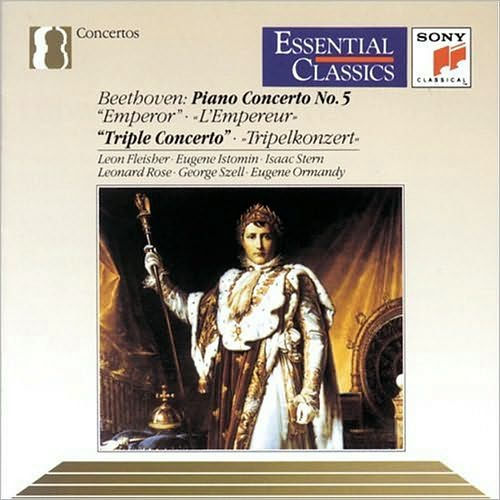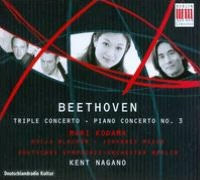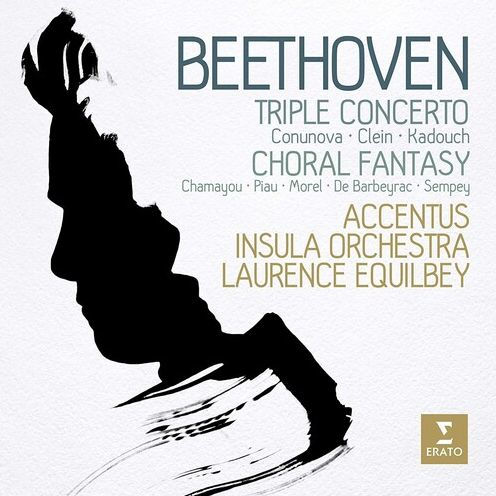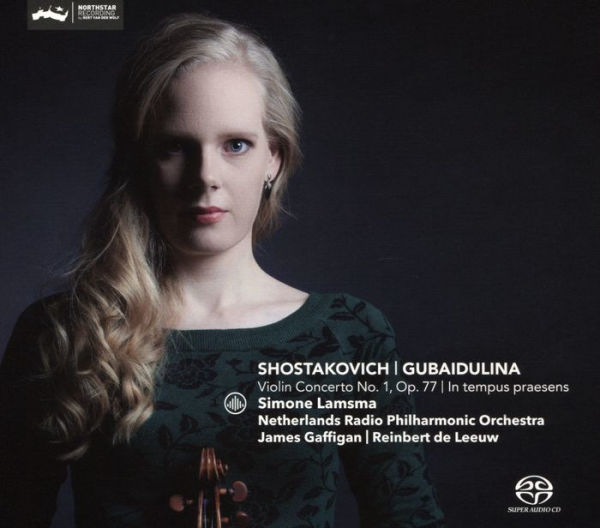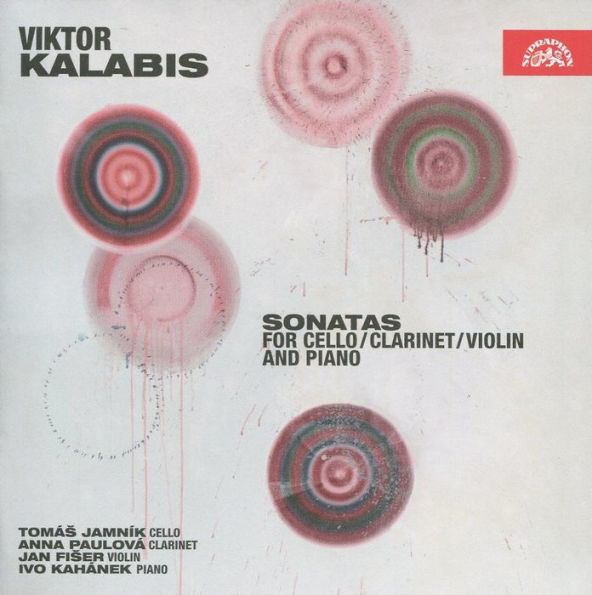Home
Sofia Gubaidulina: Triple Concerto for Violin, Cello and Bayan; Rejoice! Sonata for Violin and Cello
Barnes and Noble
Sofia Gubaidulina: Triple Concerto for Violin, Cello and Bayan; Rejoice! Sonata for Violin and Cello
Current price: $22.99


Barnes and Noble
Sofia Gubaidulina: Triple Concerto for Violin, Cello and Bayan; Rejoice! Sonata for Violin and Cello
Current price: $22.99
Size: OS
Loading Inventory...
*Product information may vary - to confirm product availability, pricing, shipping and return information please contact Barnes and Noble
The premiere of the 86-year-old
Sofia Gubaidulina
's
Triple Concerto for violin, cello, and bayan
with the
Boston Symphony Orchestra
in 2017 was big news, and the present recording, although with a different orchestra and conductor (the able
NDR Radiophilharmonie
and
Andrew Manze
), features the same three soloists, violinist
Baiba Skride
, cellist
Harriet Krijgh
, and the work's prime mover, bayan (Russian accordion) player
Elsbeth Moser
. It is a thorny work, and it is probably all to the good that it has been recorded by players who have long familiarity with it. The annotations provided with the physical version of the album are dense with references to its intervallic structure and procedures, to a point where the reader may expect a quasi-serialist work. However, that is not the effect it has, and to understand it, one might do better to turn to
Gubaidulina
's comment on the other work on the album, the five-movement
Rejoice! for violin and cello
(again featuring
Skride
Krijgh
). This work was inspired by the Ukrainian religious philosopher
Grigori Skoworoda
(
Hryhorii Skovoroda
) and could not be premiered in the Soviet Union even though it has no text.
says: "The theme of my work is the metaphorical representation of the transition to another reality, expressed through the juxtaposition of normal sound and harmonics." The
Triple Concerto
, too, is all about transitions, and harmonics indeed play a role in many of them. Although
took
Beethoven
Triple Concerto in C major, Op. 56
, as a model, she immediately announced that it served only as something from which she could depart, and it is not a triple concerto in the Classical sense. Instead,
takes the listener on a journey that is well described by her words on the earlier work, even though that work is 30 years older. The solo instruments seem to lead each other and the listener from one "reality" to another in a kind of discourse. The bayan accordion is especially adept in this regard, for it may slide into harmonics, a kind of liminal zone, especially easily. This is difficult music, but it rewards deeper and repeated hearings. ~ James Manheim
Sofia Gubaidulina
's
Triple Concerto for violin, cello, and bayan
with the
Boston Symphony Orchestra
in 2017 was big news, and the present recording, although with a different orchestra and conductor (the able
NDR Radiophilharmonie
and
Andrew Manze
), features the same three soloists, violinist
Baiba Skride
, cellist
Harriet Krijgh
, and the work's prime mover, bayan (Russian accordion) player
Elsbeth Moser
. It is a thorny work, and it is probably all to the good that it has been recorded by players who have long familiarity with it. The annotations provided with the physical version of the album are dense with references to its intervallic structure and procedures, to a point where the reader may expect a quasi-serialist work. However, that is not the effect it has, and to understand it, one might do better to turn to
Gubaidulina
's comment on the other work on the album, the five-movement
Rejoice! for violin and cello
(again featuring
Skride
Krijgh
). This work was inspired by the Ukrainian religious philosopher
Grigori Skoworoda
(
Hryhorii Skovoroda
) and could not be premiered in the Soviet Union even though it has no text.
says: "The theme of my work is the metaphorical representation of the transition to another reality, expressed through the juxtaposition of normal sound and harmonics." The
Triple Concerto
, too, is all about transitions, and harmonics indeed play a role in many of them. Although
took
Beethoven
Triple Concerto in C major, Op. 56
, as a model, she immediately announced that it served only as something from which she could depart, and it is not a triple concerto in the Classical sense. Instead,
takes the listener on a journey that is well described by her words on the earlier work, even though that work is 30 years older. The solo instruments seem to lead each other and the listener from one "reality" to another in a kind of discourse. The bayan accordion is especially adept in this regard, for it may slide into harmonics, a kind of liminal zone, especially easily. This is difficult music, but it rewards deeper and repeated hearings. ~ James Manheim
